Well, my wonder oven sets have all been sent off to their new owners and we’re settled into September after having had a nice summer break! It’s time to jump back into learning! One of the things I’ve been wanting to learn myself is how to can meats SAFELY. I’ve seen various instructions online and haven’t found any that make me feel comfortable to do it myself. Either they’re intimidating (assuming I already know all the parts and pieces of a canner) or I find myself questioning whether I’d accidentally kill my family with my experimental canning concoction. I wanted a pictured tutorial from someone who really knows.
I turned to preparedness author and expert Cheryl Driggs to offer guidance. Cheryl’s formal education is in Food Science and she’s taught home storage and preparedness classes since 1977. She’s the author of Simply Prepared: A Guide to Emergency Preparedness and Food Storage as well as Pantry Cooking: Unlocking Your Pantry’s Potential. In addition, you can find more of her work over at her website www.simplyprepared.com. She’s extremely knowledgeable when it comes to canning — what works and what doesn’t –and I’m so grateful she took on my challenge! I know you’ll appreciate it too.
**
Today’s post focuses on canning boneless meat using the “raw pack” method. Cheryl has demonstrated for us here using chicken but any boneless meat (EXCEPT seafood) can be canned this way. If you have questions, you can direct them to her by emailing her at: theark@simplyprepared.com.
Thank you, Cheryl!!
Canning Boneless Skinless Chicken by Cheryl Driggs
I like to purchase fajita seasoned chicken, beef and pork when it goes on sale at my local HEB grocery store and can it. It’s great for a quick meal of tacos, enchiladas, burritos or a Tex-Mex casserole. I purchased 5 lbs. of boneless skinless fajita chicken thighs and 4 lbs. of boneless skinless fajita chicken breasts and froze them until I had time to can. I planned a day for canning and put the chicken in the refrigerator far enough ahead of time to ensure that it would be completely thawed before canning.
Meat can actually be prepared the day before or earlier in the day and refrigerated if you don’t have a single block of time to both prepare the meat and can it.
Assemble canning equipment and supplies before the canning session and make sure you have plenty of clean canning jars ready to use. One pint jar holds slightly less than 1 pound of raw-packed meat. I can most of my meat using the raw pack method. The meat is prepared and put in wide-mouth jars without additional liquid. As the meat is pressure canned it will cook and the released juices will mostly fill the jar. Wide-mouth jars are easier to fill and remove meat from than are regular mouth jars when using the raw pack method.
Prepare the thighs by first removing excess fat. It is not necessary to remove all of it however. Then cut the meat into about 2-inch square pieces.
Prepare the breasts by first removing large pieces of fat. Don’t remove all the fat. Cooked breasts can be dry and allowing some fat will help them be a little more moist. Next, cut them into about 2-inch square pieces.
Put clean canning jars in a sink of hot water, fill them with hot water, or keep them in a hot dishwasher. Jars need to be warm to avoid temperature shock and cracking when they are placed in the canner.
Fill jars with cut-up meat to within 1-inch of the jar rim. This is called a 1-inch “headspace.” Put chicken in so that it fills up empty spaces but don’t press down tightly to try and get as much as possible in. That could result in overfilling and seal failure.
Return filled jars to the sink of hot water to keep them warm.
This chicken is already seasoned so it’s not necessary to add salt or anything else. If it were plain chicken, I’d add 1/4 teaspoon of canning salt to each pint jar. Regular salt can be used but it will cloud the broth.
Put canning lids in a small saucepan and cover them with water. Laying every other lid upside down will help keep them from sticking to each other. Heat to simmer but do not boil. Boiling can compromise the sealing compound around the edge of the lid. Keep the pan on low heat until ready to use.
I have a Presto 16-quart weighted canner. The instructions in the canner booklet are to place 3 quarts of boiling water in the canner, so I heat 3 quarts of water to boiling in a Dutch oven or roasting/soup pot.
While the water is heating, take each filled jar out of the sink, wipe the rim with a vinegar soaked paper towel or cloth and put on a warm canning lid and a jar ring. The vinegar will help remove any grease from the jar rim that could keep the jar from sealing. Use a magnetic lid lifter, lid wand or tongs to remove lids from the saucepan. Screw rings on “finger tip tight.” Do not screw them on with your entire hand. Too tight lids will not allow air to escape during processing and can result in buckled lids and failure to seal.
Return jars to the water filled sink.
Place the canner rack in the bottom of the canner. Pour in boiling water. Place jars on the rack so that they don’t touch. The canner will hold 8 wide-mouth pints or 9 regular pints. If you have extra chicken and either 4-ounce jelly jars or the squat 8-ounce jars, a second rack can be placed on top of the pint jars to hold the small jars. There is enough room under the lid in the center of the canner to hold 4 to 6 jars. Make sure the rubber gasket is in the lid properly. Check to make sure nothing is blocking the vent pipe. Align the lid properly on the canner and turn it to lock it into place.
Make sure the canner is centered on a large burner and turn heat on to high to exhaust the canner. When steam is flowing free and steady from the vent pipe, set a timer for 10 minutes. The air vent/cover lock pops up about the same time. I start timing when it pops up. Gradually reduce heat about 2 settings during the 10 minutes but keep the steam flow constant.
My stove has 9 settings – LO, 2, 3, 4, 5, 6, 7, 8, HI. I start to exhaust the canner on HI and bring it down to 7 by lowering the heat 1 setting at a time about every 3 to 5 minutes. My canner is a weighted canner instead of a dial gauge canner. The weight is in 3 pieces. Each piece adds 5 pounds pressure. The entire weight is used for 15 lbs. I can at 10 lbs pressure because my altitude is below 1000 feet so I remove 1 ring and use a 2-piece weight. For anyone living above 1000 feet your pressure weight should be 15 lbs, so you’d use the entire weight.
When the canner has exhausted for 10 minutes, put the weight on the vent pipe. Leave the heat setting where it is (mine is on 7). The canner will take a little longer to come up to pressure but it will be easier to reach a maintenance temperature for the processing period if you don’t move it back to HI.
When the weight starts rocking steadily, start the timer for 75 minutes for pints (90 minutes for quarts). Anything smaller than a pint processes for pint time. Also lower the heat by half a setting. Continue lowering the heat in half setting increments every 3 to 5 minutes until the weight rocks steadily without being frenetic. I stop at setting 5.
When the processing time is over, turn off the heat. Carefully remove the canner from the burner, if desired. Allow the canner to cool undisturbed until the air vent/cover lock drops. Remove the weight and let the canner cool another 10 minutes. This will prevent liquid from siphoning out of the jars when you remove them from the canner.
Turn the lid counter-clockwise to remove it. Lift the lid toward you to avoid having steam rise into your face. Using a jar lifter, remove each jar from the canner and set them on a rack or towel away from drafts to cool.
You should hear a “pop” or “ping” as each jar seals. The lids will become slightly concave. Wait several hours before testing the lids to make sure they have sealed. Any that haven’t vacuum sealed (sucked down) by the time the jars are mostly cooled should be refrigerated, eaten or reprocessed. Allow jars to completely cool (12 to 24 hours) before removing rings, washing and labeling them for storage. Do not store jars with rings on them. Canning rings can trap moisture and hide an unsealed lid.
Homecanned chicken is tender like freshly boiled or cooked chicken and has a much better flavor than commercially canned chicken. Plain, unseasoned chicken produces a rich broth which can be used in recipes calling for chicken broth. Just drain it from the jar into a freezer container and freeze for future use. It’s especially good in Chicken Noodle Soup!
~~~~~~~~~~~~~~~~~~~~~~~~~~~~~~~~~~~~~
Notes:
- Additionally, Cheryl very kindly shares her recipe for Smoked Beef Brisket with us using the same method demonstrated. You can print the recipe here:
Canning Smoked Beef Brisket.doc
SMOKED BEEF SANDWICHES
1 pint Smoked Beef Brisket
Barbecue sauce
Dill pickle slices
4 hamburger buns
Drain broth into a small saucepan. Shred beef and add to the pan. Heat through.
Serve on hamburger buns with barbecue sauce and/or dill pickles. Makes 4
sandwiches.


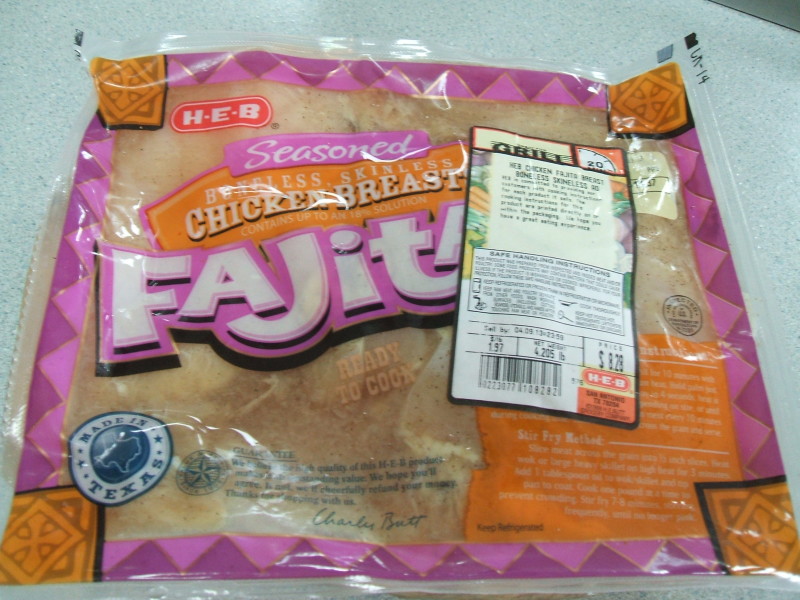
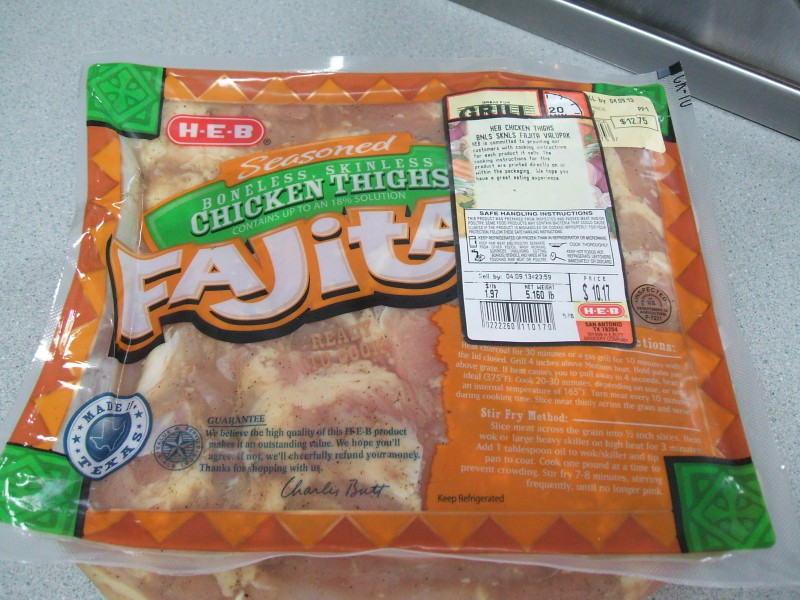
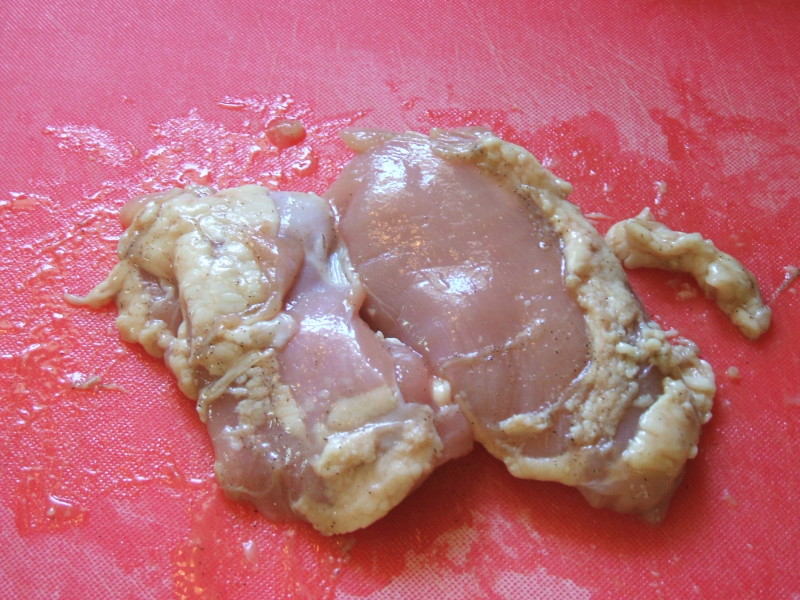
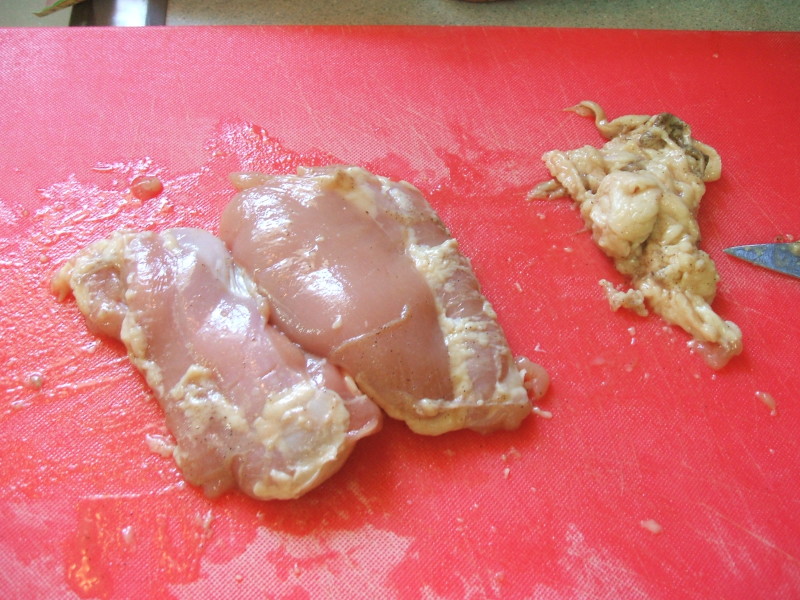
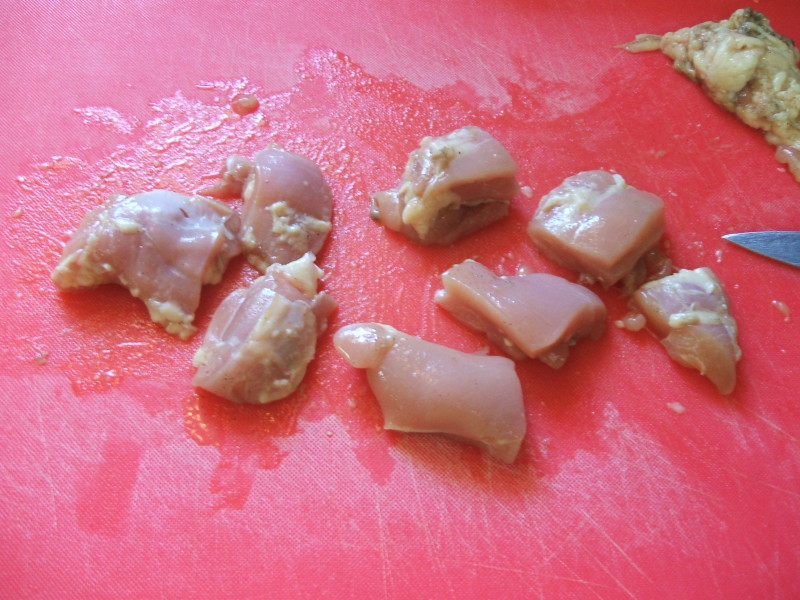
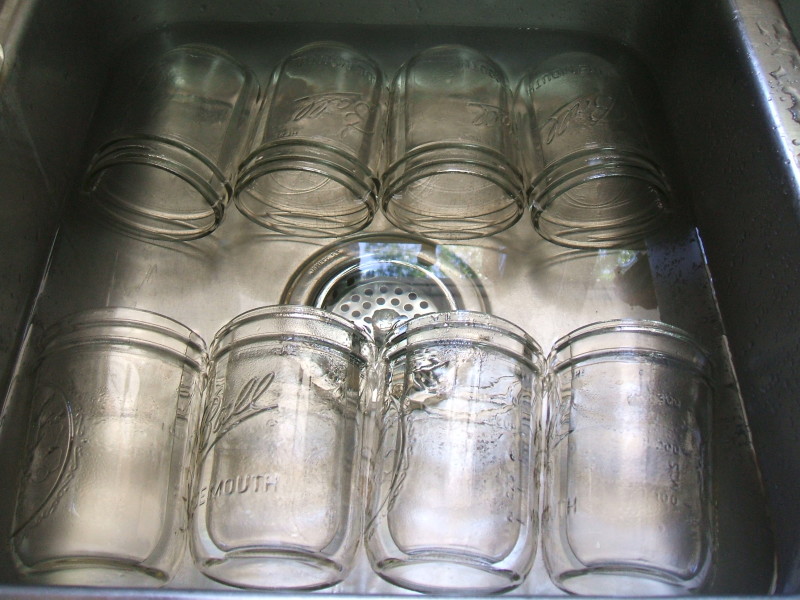
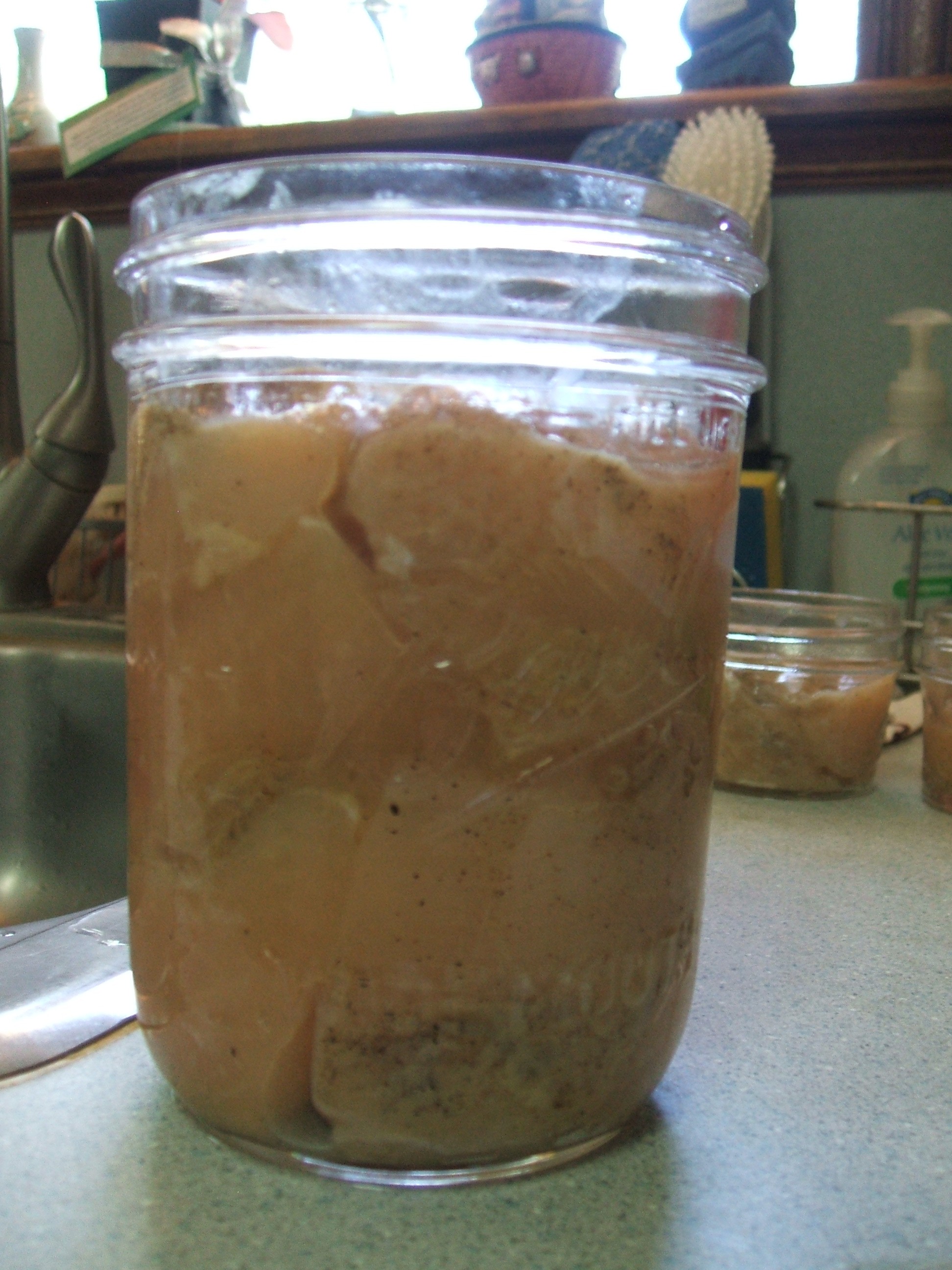
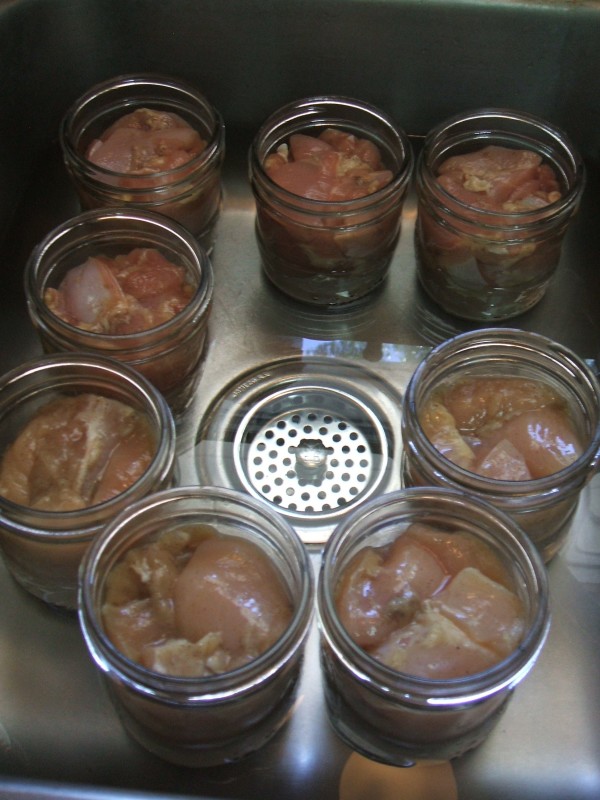
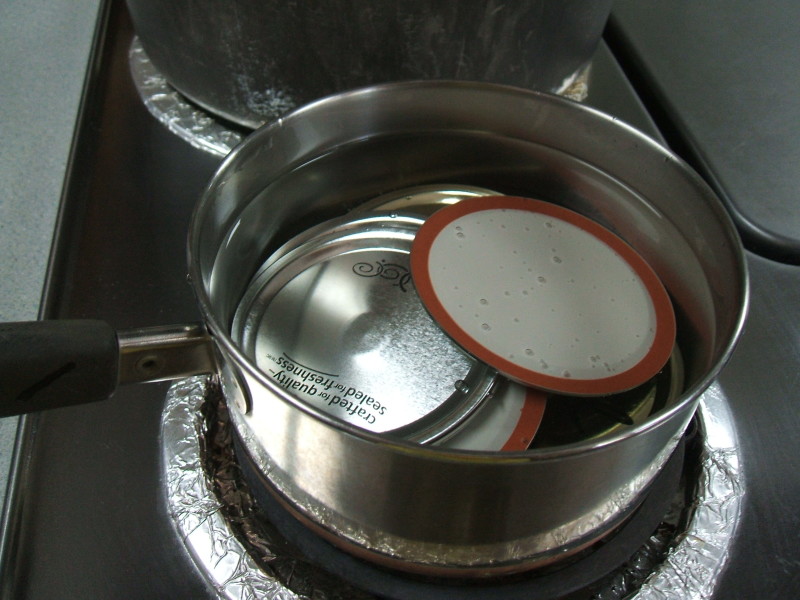
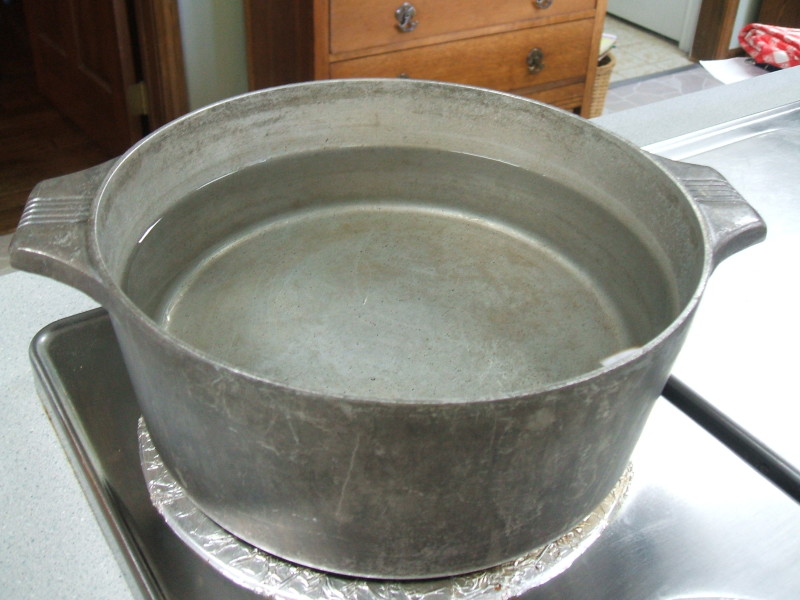
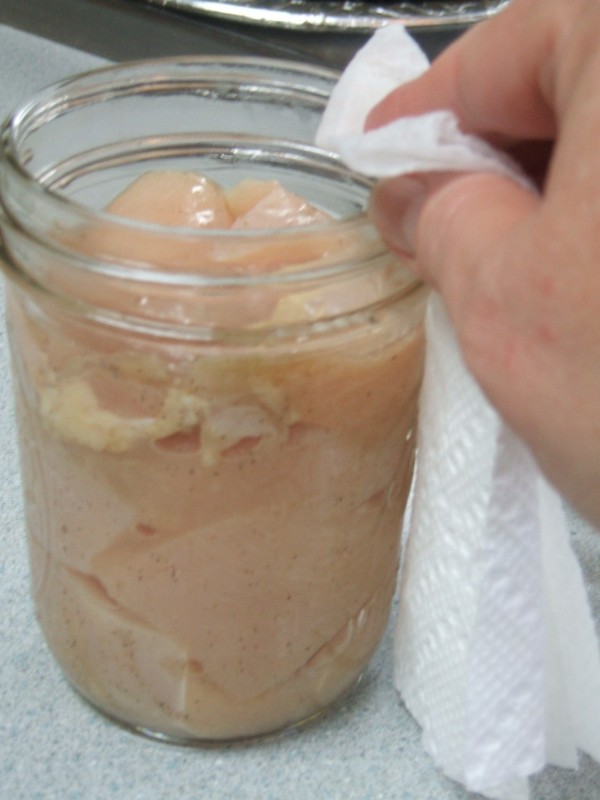
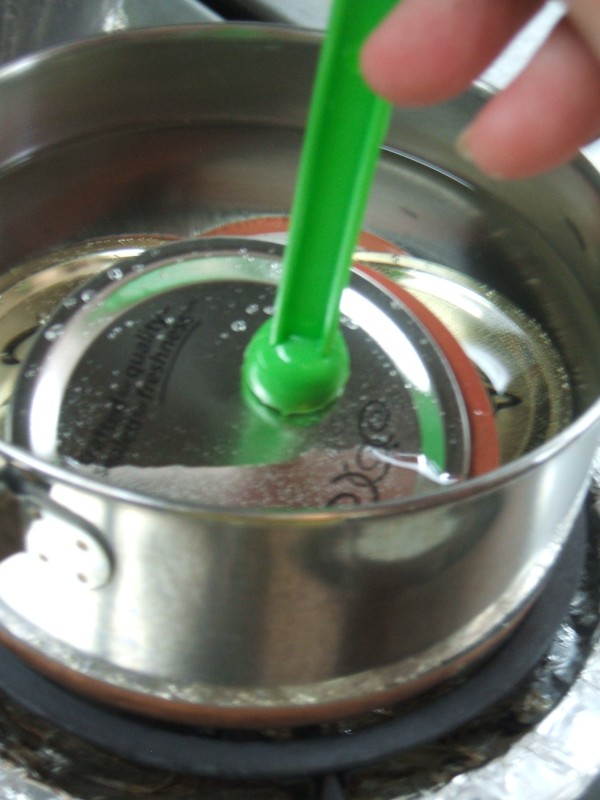
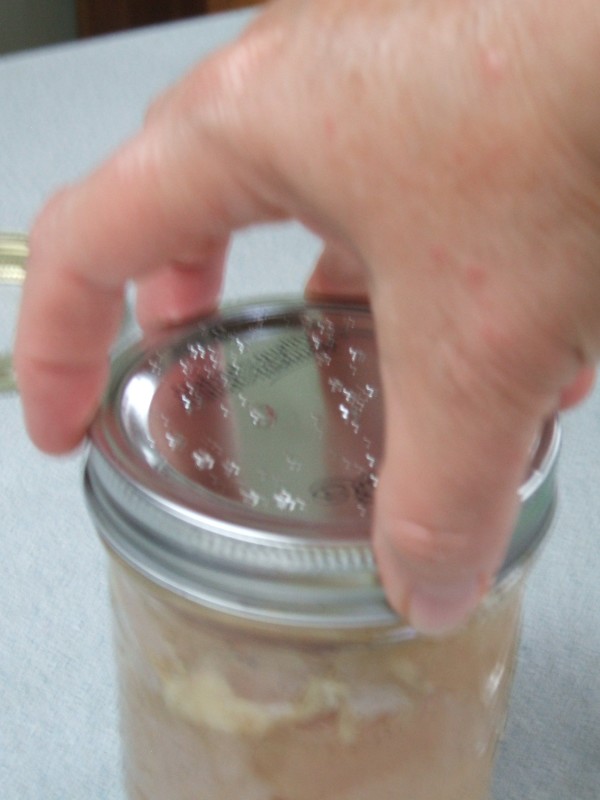
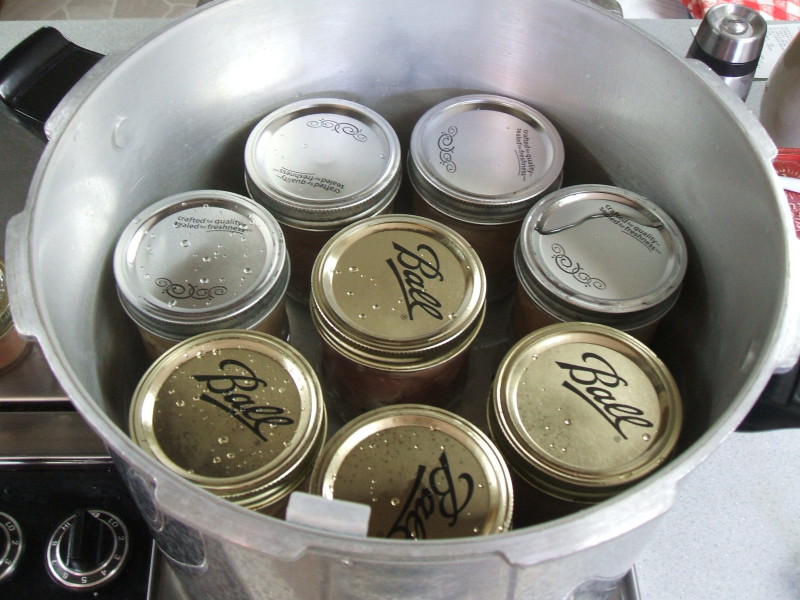
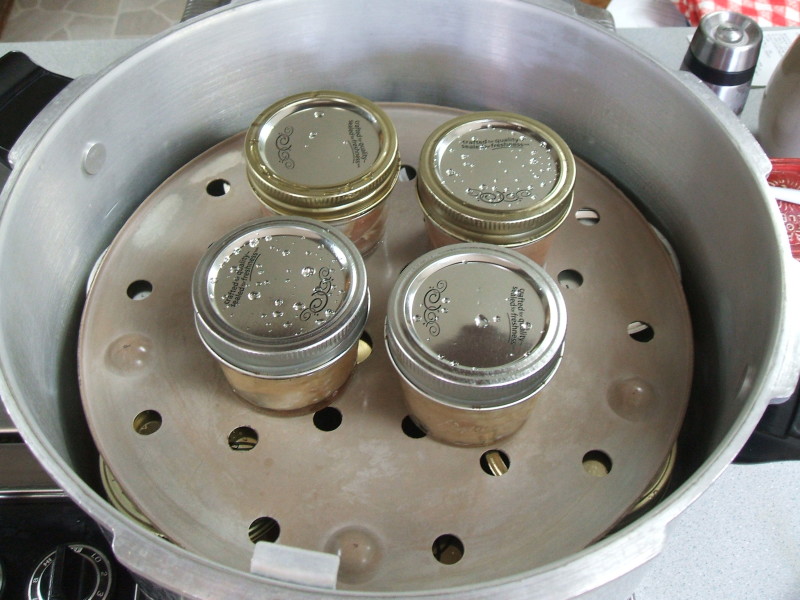
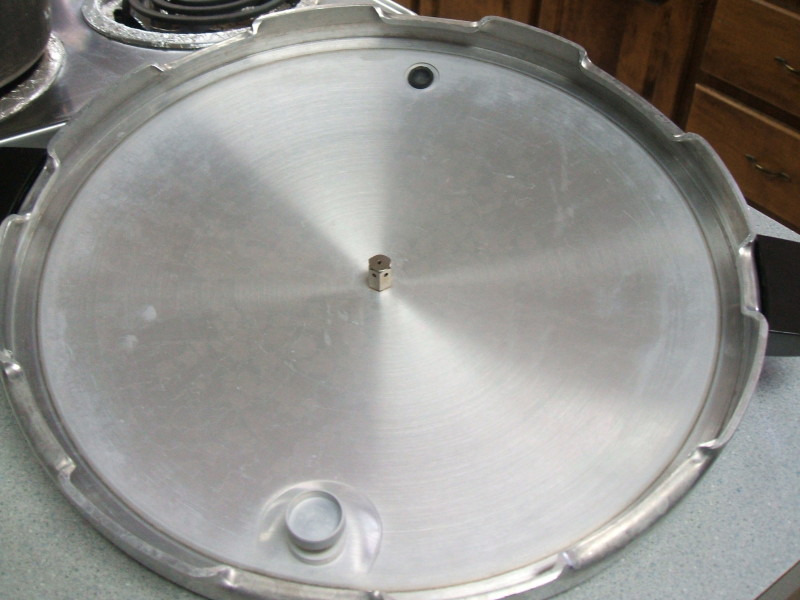
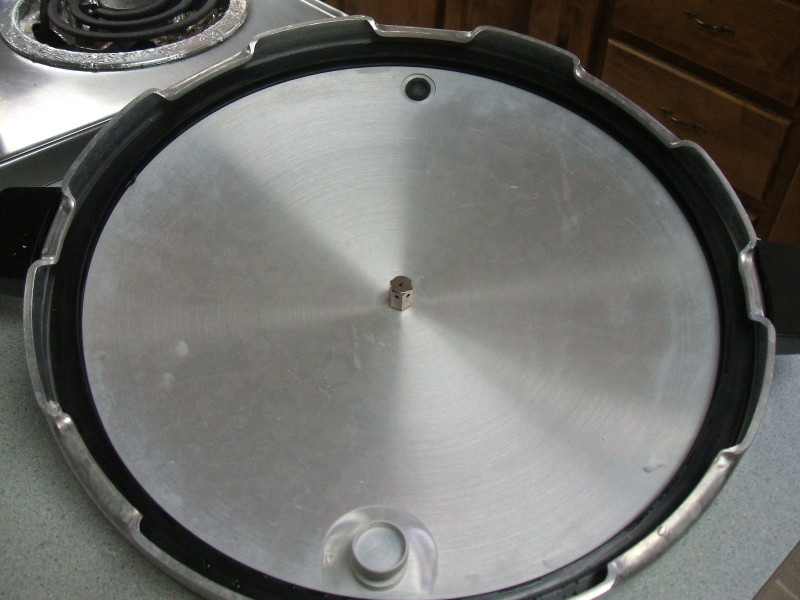
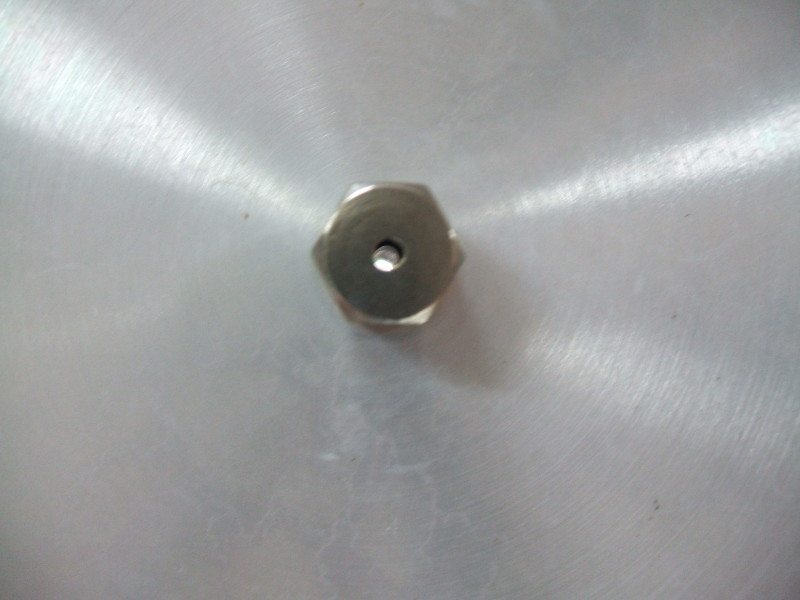
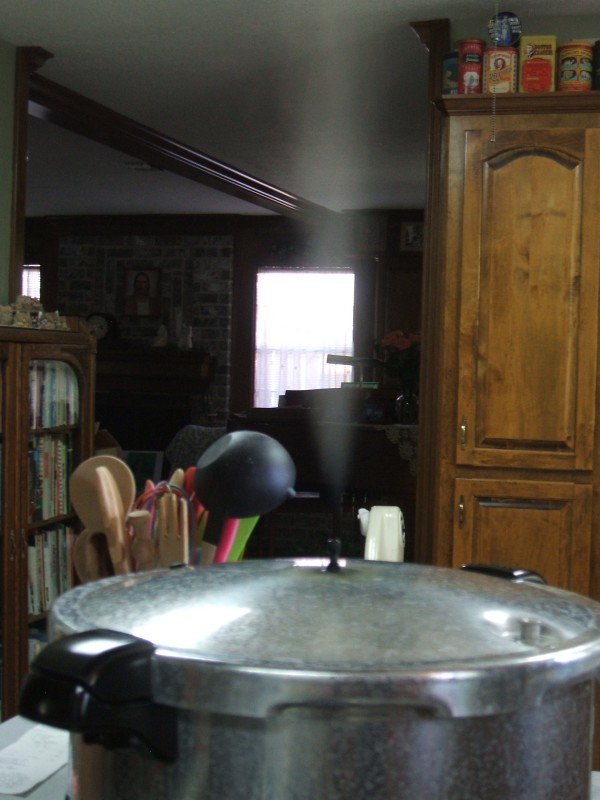

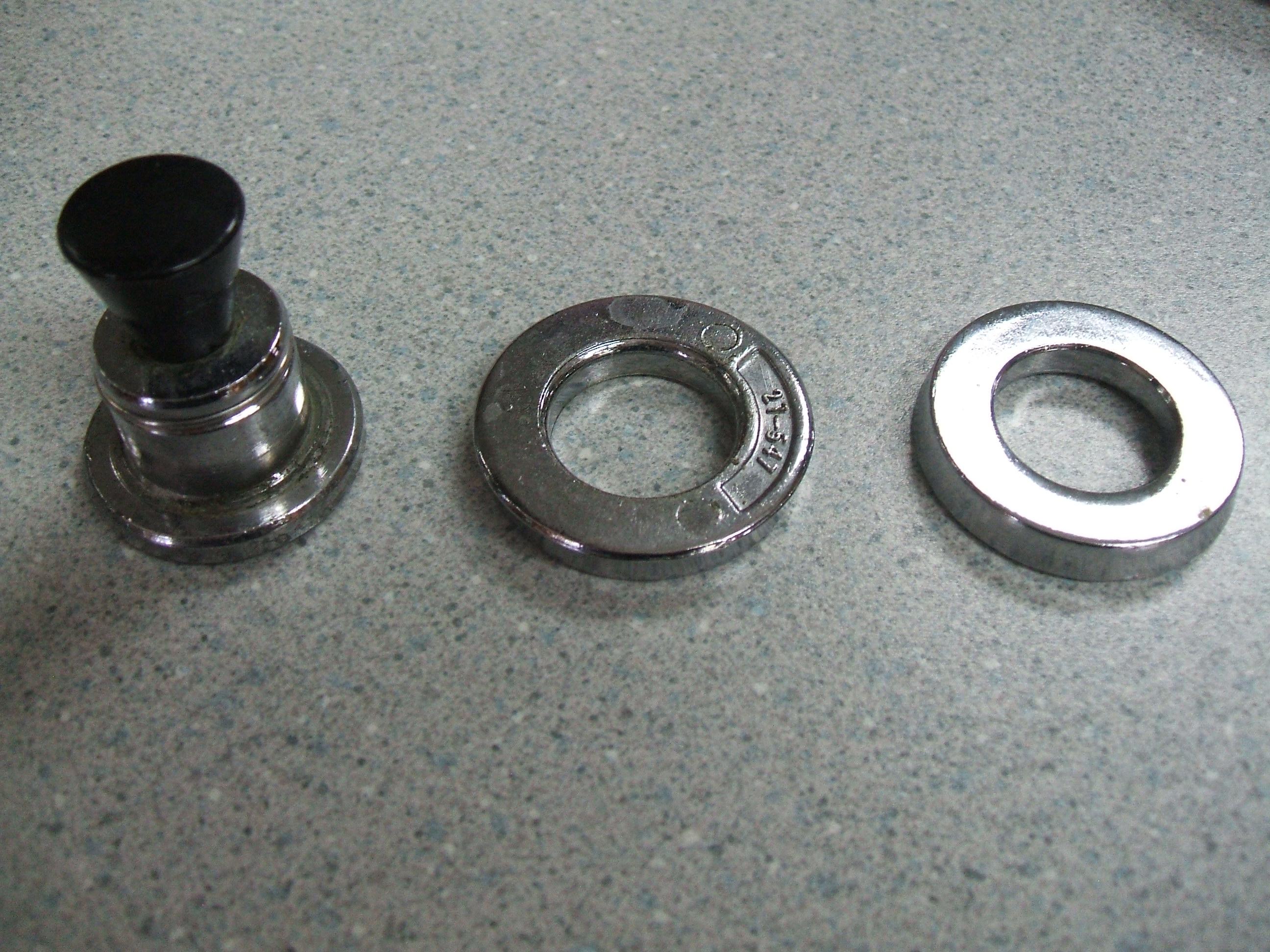
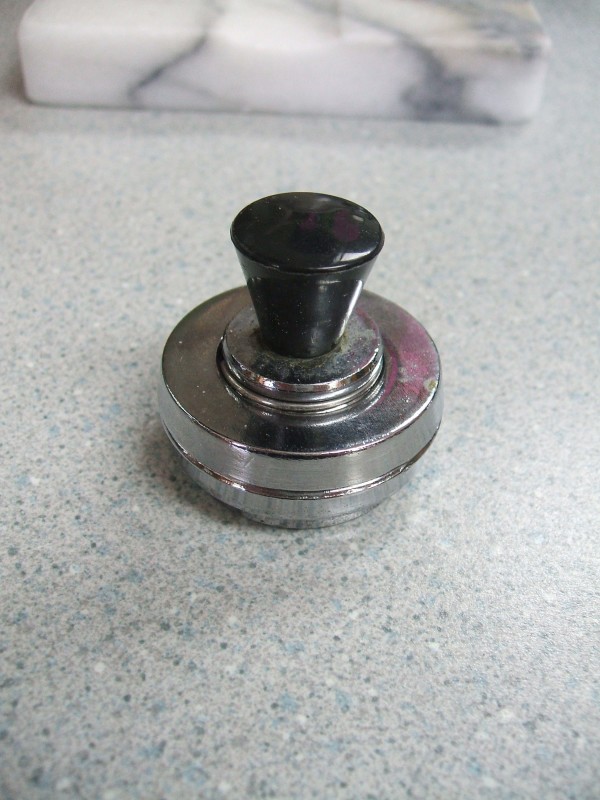
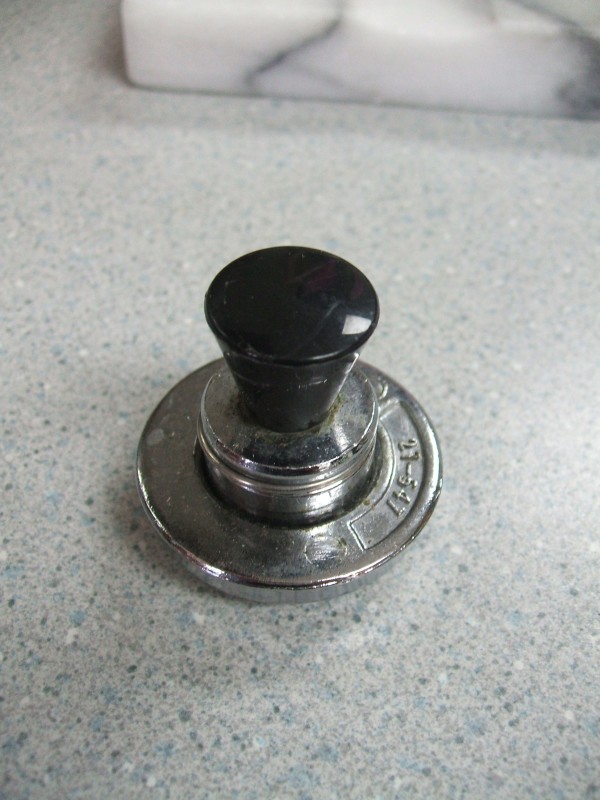
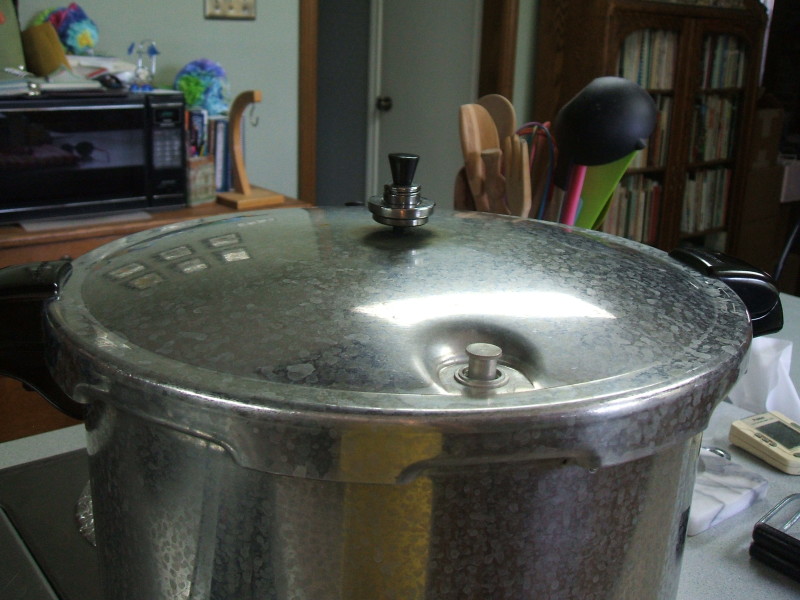
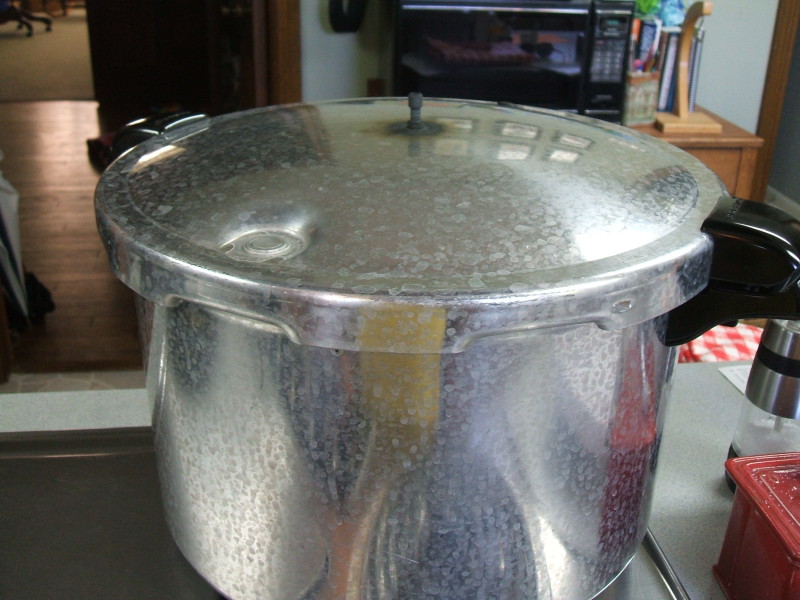
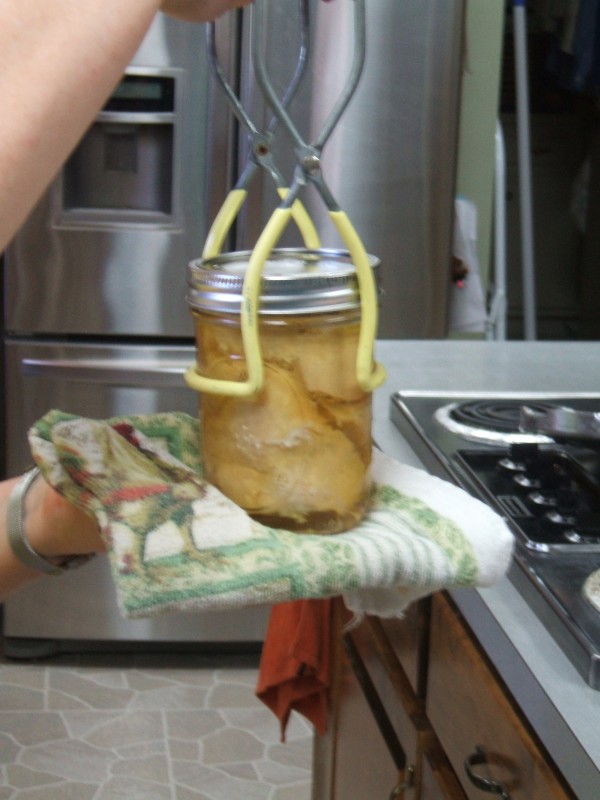
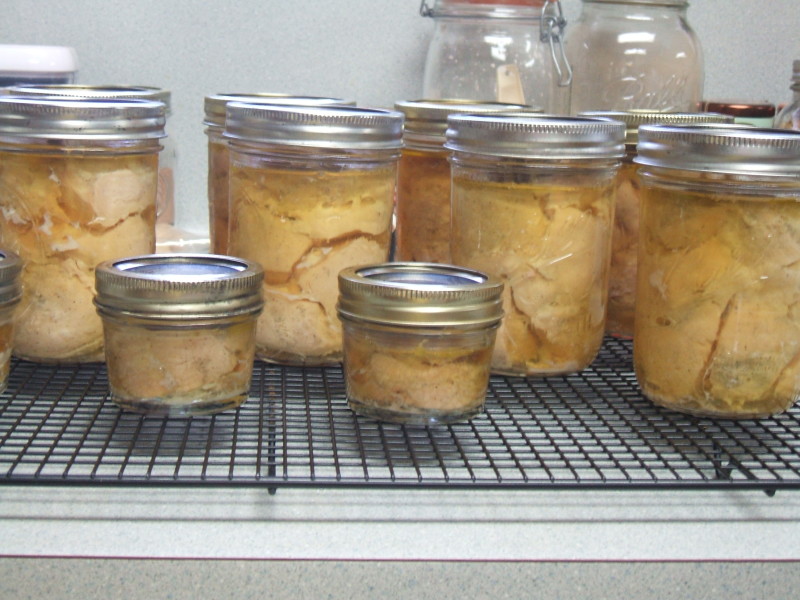
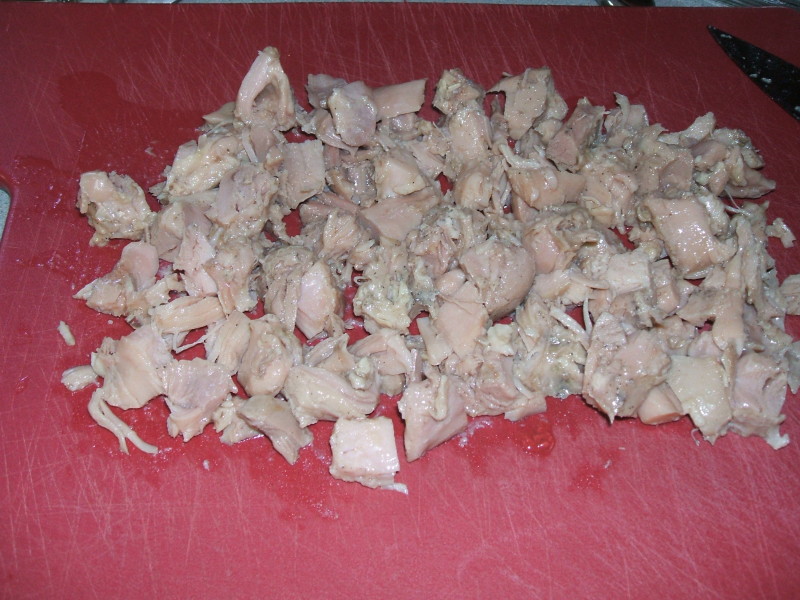

[…] and preserving. It comes highly recommended by a canning expert who I personally trust (and who’s guest posted on canning here), Cheryl Driggs. It goes in and out of being found “in stock” on the […]
Mary Beth,
As long as you processed the chicken for the correct length of time at the correct pressure for your altitude (which it appears you did) and the jars all sealed properly (which they appear to have done) your chicken is safe to eat. The chicken that is above the broth may turn dark but it is still safe to eat.
There are some things you can do next time that should help you avoid the problems you found this time.
When liquid comes out of the jars before they seal, it’s called siphoning. Siphoning can happen in at least 4 circumstances. 1) If jars are too full, the contents can bubble up and out the jar. Chicken should have a 1-inch to 1-1/4 inch headspace (the distance between the food/liquid and the rim of the jar.) If it’s less, the liquid could siphon out. 2) Siphoning can happen when the temperature under the canner is moved up and down during the processing time in order to regulate the pressure. This can be overcome by starting at a lower temperature than “HI” to bring the canner up to pressure (refer to the canning chicken post above) and then lowering the temperature in small increments every 3 to 5 minutes until you are at the lowest temperature possible to maintain pressure and then leaving it there for the remaining time. 3)The third cause of siphoning is removing the jars from the canner too soon. When the canner cools and the pressure drops to 0, take off the weight but leave the lid on the canner. Wait 10 minutes and then take off the lid and remove the jars. 4)Once jars are out of the canner, leave them undisturbed. Moving them at all can cause air bubbles in the jar to move upward too quickly causing liquid to come out.
You were right that you shouldn’t have tightened the ring on the jar. Rings are loose when the jars come out. That’s good because then air inside the jar can finish coming out so a vacuum can form. If lids are too tight, they can buckle as the air pushes up or the air and liquid will force it’s way out under the lid and you probably won’t get a good seal.
I hope that helps you feel better about the safety of your chicken and gives you some ways to help avoid siphoning in your future canning sessions. If you have any more questions, please ask.
Cheryl
Thank you so much, Cheryl! I did change the heat level a few times trying to get the “rocking motion” on the weight, and I took the jars out right away. All this is good to know and I will be more precise next time.
Cheers!
I’m new to canning and I resently bought whole chickens, cut them up and canned them according to the canner directions. Are we not supposed to can bone-in chicken? I figured the bones would make good chicken stock inside the jars. :-/
There is a processing time difference for the bone in, that’s all that is different. This link will take you to the information you’ll need for bone-in processing on Cheryl’s site. Also, I’ll remember to add this table to the notes section here on the post for easier reference in the future. Thanks for your comment!
http://www.simplyprepared.com/canning_bone-in_chicken_print.htm
Thank you for responding. All this is brand new to me.
I timed it for 75 mins with a 15# weight. (I am north of Denver, 5300 feet.) As soon as the pressure was relieved about 90 mins after I turned off the flame, I took the lid off and pulled out the jars. They had bubbled over in the pressure cooker and the water had a lot of broth in it. The jars were very greasy to the touch. One of the jars had a very loose ring, so I tightened it and broth bubbled up & spewed over the top. I was worried I had done something wrong and figured this one would not seal. This was about 11pm and from my bedroom, I heard 3 pings (out of 7 quarts) before I fell asleep. The next morning I checked all the seals. Each lid was concaved. I picked up each jar by the edge of the lid to see if it would come off and none did. Even the one that had spilled over when I tightened the ring.
I processed them on Oct 26th. I have since checked all of the lids again, and they appear to be sealed. Some of the jars have less liquid inside, like 2″ or more from the top. I’m spooked now, thinking I did it wrong and we’re going to get botulism. What about the drumstick legs? Should I open all the jars, take out the bones and reprocess them?
Thank you!
I’ll forward this along to Cheryl who authored this post and she should be able to better help you. I’m still learning too, so I don’t want to steer you wrong.
This is one of the most detailed instruction on canning meat I’ve seen. Kudos to the author and thank you for posting.
Thank you and I agree! Cheryl did an outstanding job!
[…] Canning Meats 101: Raw Pack for Boneless Meats (gator4146.temp.domains/~gemsmith1229) […]
I am so excited to see this as I just bought an All American canner and have wanted to can some meat! Thank you.
Barb
Great! How nice that you bought an All American! From what I’ve heard they’re the best out there. Did you find a good price on it?